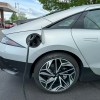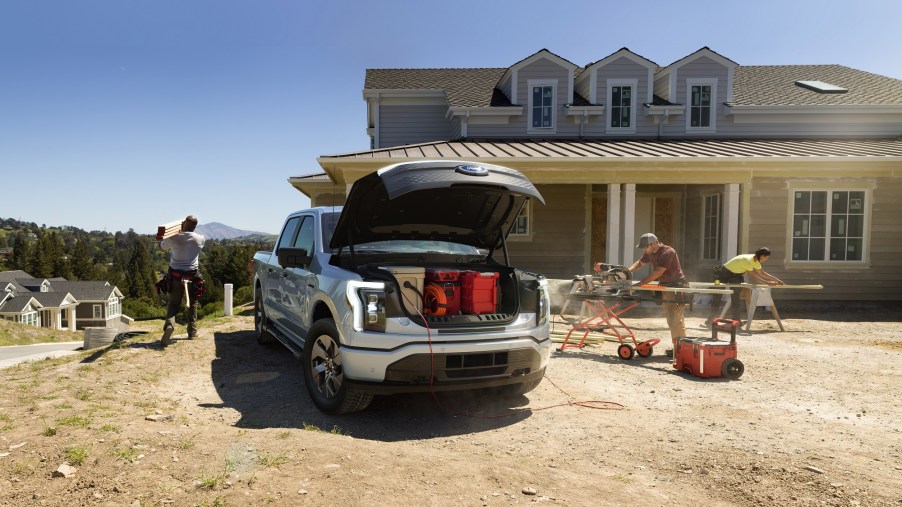
Can Your EV Battery Charge Other Vehicles?
Today’s electric vehicles (EVs) will happily charge appliances like smartphones without a problem and even homes with V2H charging. However, can your top-of-the-line electric vehicle battery charge another EV? Moreover, can an EV battery charge a smaller appliance like an electric bicycle (eBike)?
Can an EV be used as a battery backup?
Fortunately for EV owners, some vehicles offer bidirectional charging. The technology means current can flow in and out of their batteries, unlike traditional unidirectional applications. Existing electric vehicles feature bidirectional charging, like the Hyundai Ioniq 5 and Nissan LEAF. Bidirectional charging allows EVs to charge appliances and devices with vehicle-to-load (V2L) charging.
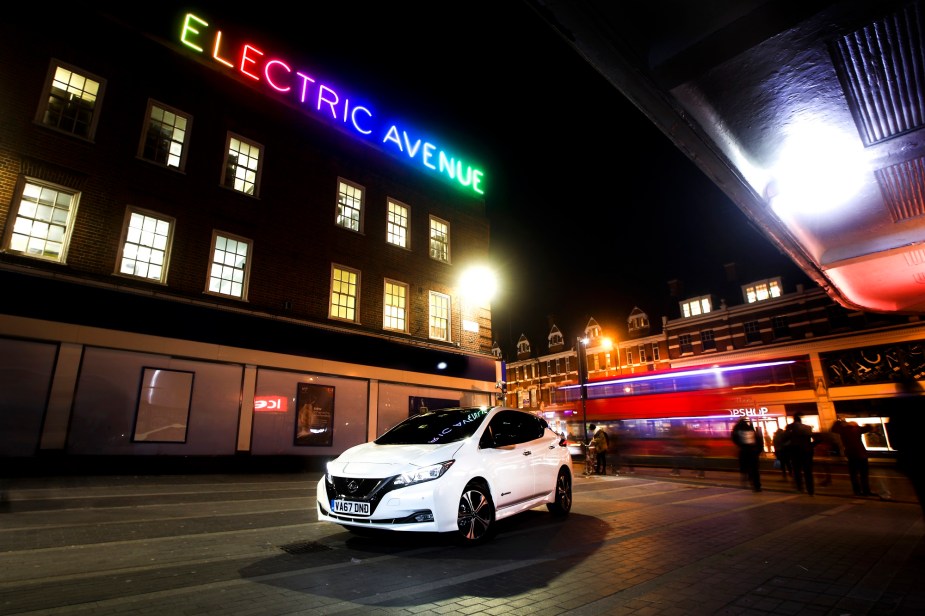
According to Car and Driver, vehicles like the Ford F-150 Lightning use vehicle-to-home (V2H) charging to power a home. While you might scratch your head at the thought of your EV battery’s charge being powerful enough to supply your home with juice, many of them are. Some EVs have sufficient power reserves to power your home for days.
Can you use an EV battery as a generator?
As odd as it sounds, using certain EVs as a generator might be more effective than using a home battery. Car and Driver says the standard-range Ford F-150 Lightning packs a 98-kWh capacity, the equivalent of about seven Tesla Powerwalls. Moreover, the Lightning, if you can get one, starts at around $41,769. That’s considerably less than those seven Tesla Powerwalls at over $10,000 per unit.
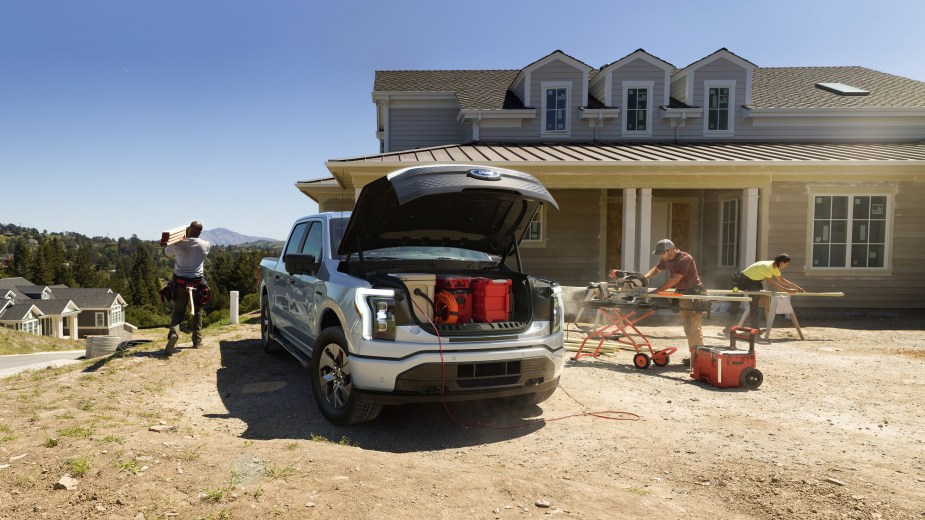
So, when you compare an EV with V2H charging to some reputable home batteries, the idea of using your EV as a backup battery seems like a viable option. Of course, once your EV’s battery capacity is flat, you’ll be unable to use it for any purpose, let alone running your household appliances or driving. A traditional generator might be more effective in an emergency, but it’s cool to think that your EV could power your home in a pinch.
Can you jump another car with an EV?
You can jump-start the 12-volt battery in an electric vehicle. However, you should never use an EV to jump another EV. Electric vehicles use extremely high-voltage power systems that could harm people and property when misused. Unfortunately, even with V2L, V2H, and vehicle-to-grid (V2G) charging, KBB says you cannot use an electric vehicle to get juice into another EVs high-voltage lithium-ion batteries.
What can you power with your EV’s battery?
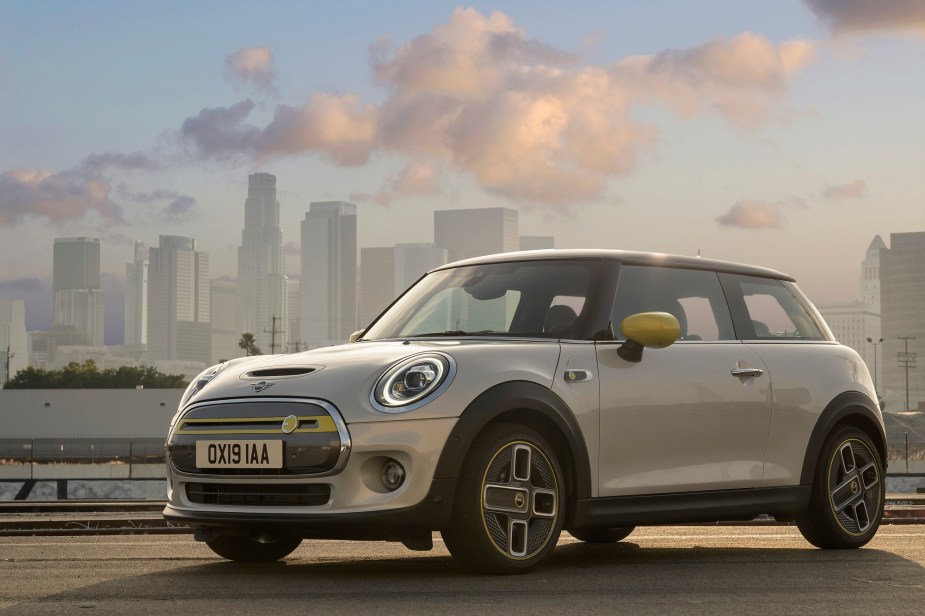
EV battery technology with V2L or V2H can power appliances and devices. For instance, some V2L-enabled electric vehicles can use their battery to charge an eBike. Most eBikes can charge safely through any 110V or 220V outlet. As a result, just about any EV battery could theoretically charge up your electric bicycle. However, charging a dedicated EV like a Mini Electric or LiveWire motorcycle is not viable.
Still, the V2H technology could be a game changer for potential owners who don’t want a series of home batteries. In the case of the F-150 Lightning, the truck requires the 19.2 kW Ford Charge Station Pro and the Home Integration System, each a significant upcharge. However, the series of Tesla Powerwalls still cost much more than the Ford EV truck and its V2H components.

